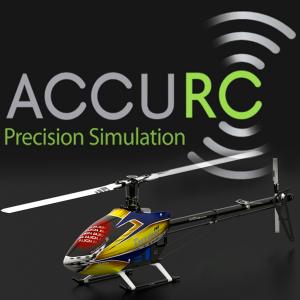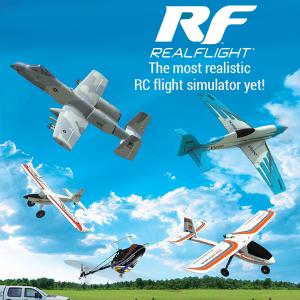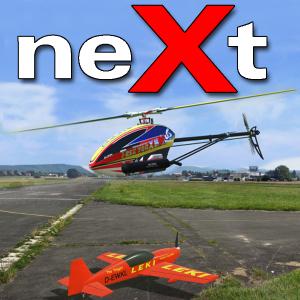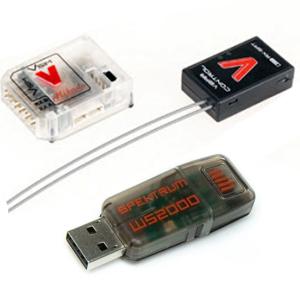An RC flight simulator is a software program that allows RC pilots to practice flying their planes in a virtual environment. Flight simulators have become increasingly popular among RC pilots, as they offer a safe and cost-effective way to improve flying skills, test new maneuvers, and train for competitions.
Most RC flight simulators feature a realistic 3D environment and allow pilots to simulate various types of planes, including fixed-wing planes, helicopters, and drones. The software typically includes a wide range of flight scenarios, such as takeoffs and landings, aerobatics, and obstacle courses. Pilots can use a computer keyboard, joystick, or RC transmitter to control the plane, and the simulator provides real-time feedback on flight performance, including altitude, speed, and orientation.
One of the main advantages of using an RC flight simulator is that it allows pilots to practice flying in a safe and controlled environment. This can be particularly useful for novice pilots who are still learning the basics of flying. Additionally, flight simulators can help pilots to hone their skills and develop new techniques, without the risk of crashing their actual planes.
Another advantage of RC flight simulators is that they are cost-effective. Pilots can practice flying as much as they want without the need to purchase additional planes, fuel, or other materials. This can be especially beneficial for pilots who are on a tight budget or who live in areas where flying opportunities are limited.
Overall, RC flight simulators are a valuable tool for RC pilots of all skill levels. They offer a safe, cost-effective, and convenient way to practice flying, test new maneuvers, and improve overall performance. If you're interested in using an RC flight simulator, there are many different options available, ranging from basic programs to more advanced systems with realistic graphics and physics simulations.










